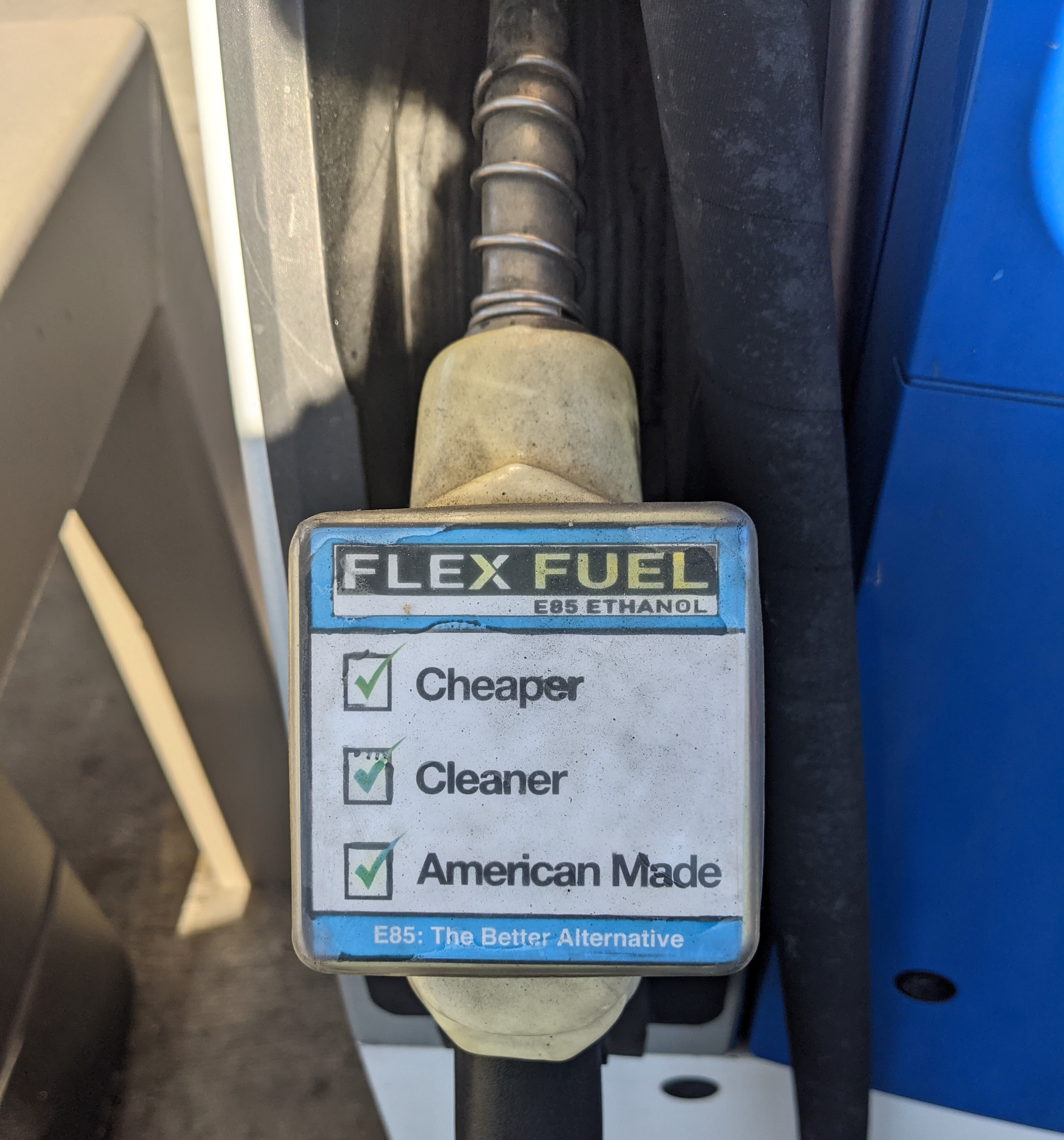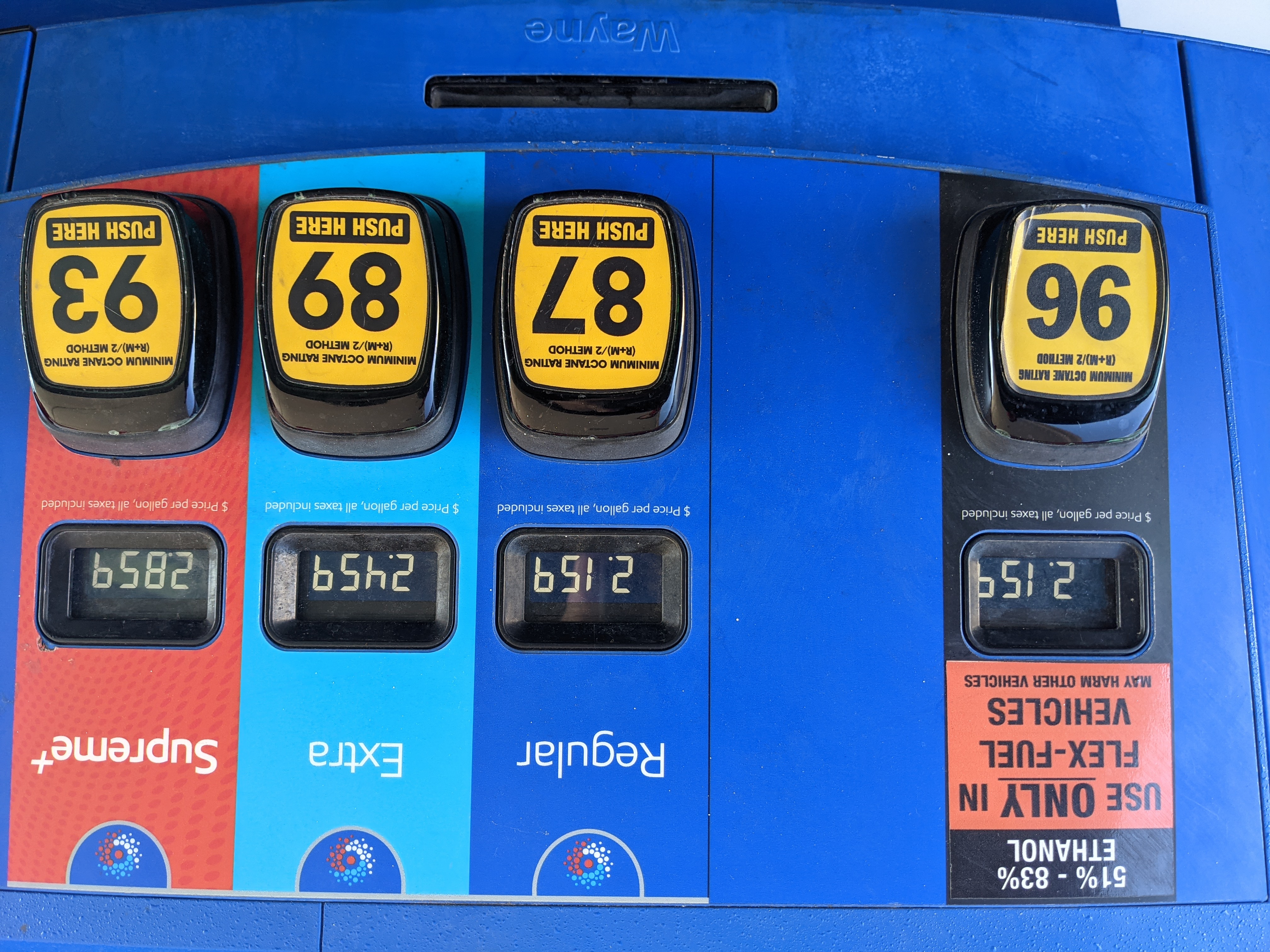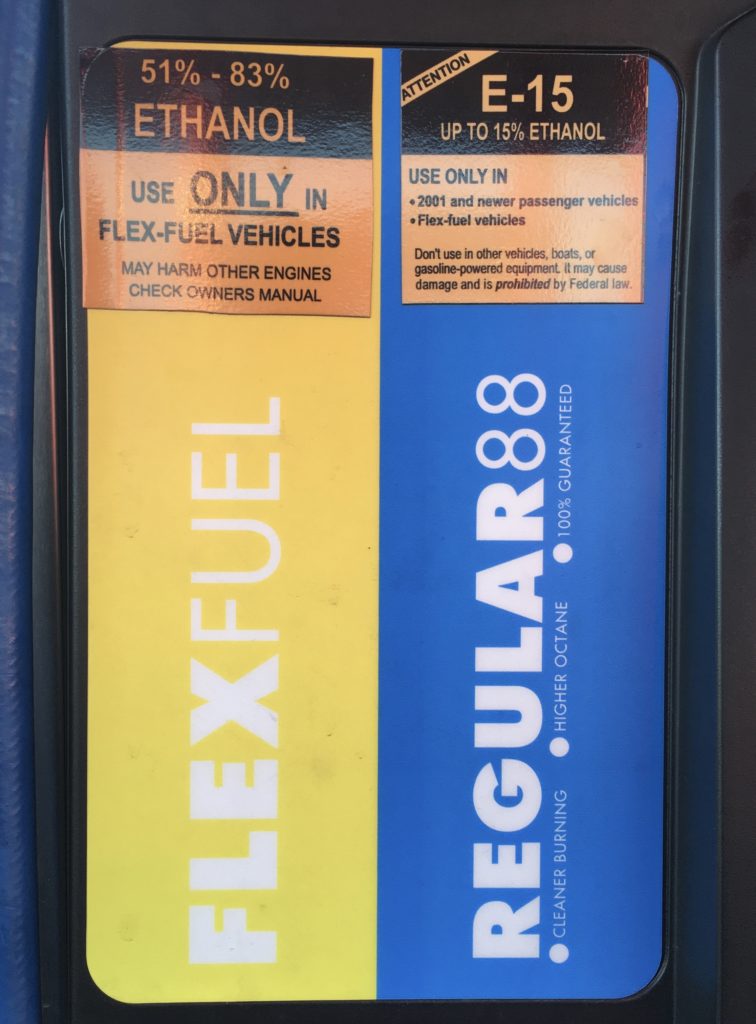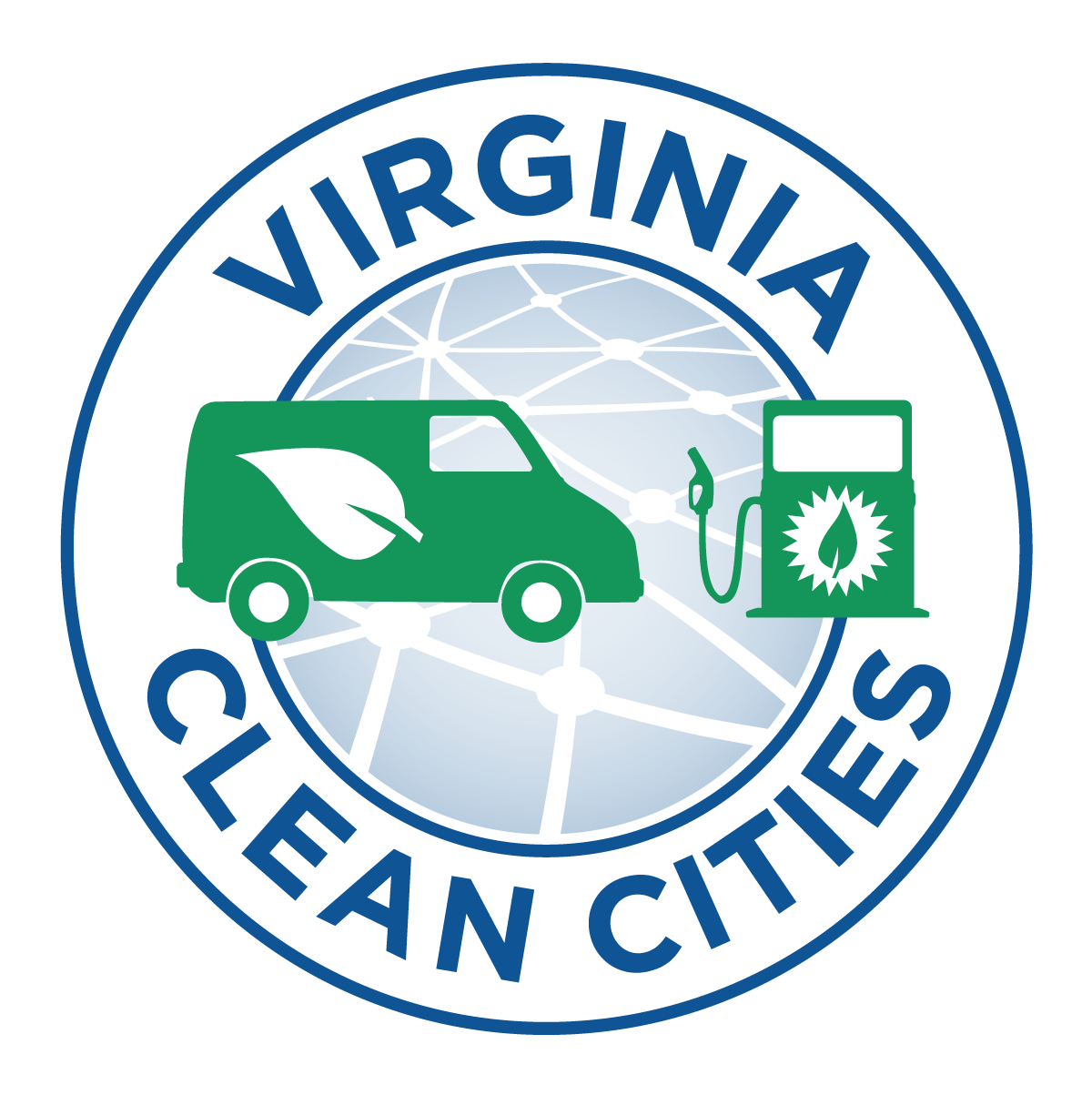Ethanol has been widely available as an alternative fuel for a few decades now and there are a lot of opinions about it out there. Ethanol fuel is produced from biomass, such as corn or sugarcane and is blended with traditional gasoline.
Supporters point to the fact that domestic ethanol production is efficient, allows for less dependence on foreign oil and benefits multiple industries in the United States. According to the Renewable Fuels Association, in 2019, ethanol production allowed the United States to decrease dependence on foreign oil displacing 559 million barrels of crude oil by decreasing oil imports. In 2019, ethanol production was responsible for more than 68,600 direct and 280,327 indirect jobs across the economy and contributed $43 billion to the U.S. Gross Domestic Product.

Ethanol fuel blends provide health and environmental benefits as well. By reducing tailpipe emissions, ethanol usage reduces air pollution and improves air quality. The production process helps offset carbon because as the feedstock grows it absorbs CO2, which helps to counteract the CO2 produced when the fuel is burned. As a consumer, you may be asking ‘what’s in it for me?’ Ethanol fuels are typically equal to or lower in cost than traditional gasoline options, and the octane rating is actually higher than regular gasoline.

There have been criticisms that ethanol may be harmful to your car’s engine. However, most cars manufactured since 2001 can run on E15 perfectly fine. Some cite performance issues, but did you know that NASCAR race cars run on a 15% blend of ethanol? Unless you’re driving an antique car or a vehicle that has very specific requirements, E10 works for the vast majority of vehicles on the road today.
You may have noticed that some of the signage related to ethanol fuels has changed over the past few years. This is due to changes in the EPA’s labeling requirements which took place in 2018. Previously, label requirements required fuel pumps with biofuels to be labeled with the biofuel type and percentage (most commonly labeled as 10% ethanol). Under the new labeling requirements, any fuel blend that contains ethanol must still be labeled, but the percentage is no longer required if the blend contains less than or equal to 10% ethanol. Under these new requirements, blends that exceed 10% such as E15 and E85 are still required to be clearly labeled.

This change in labeling is due to the Federal Renewable Fuel Standards Program that requires a minimum amount of renewable fuels be blended into transportation fuels. Each year, this amount is increased with a goal to achieve 36 billion gallons of alternative fuel by 2022. In recent years, the United States has run into something called the “blend wall.” The blend wall is the maximum amount of ethanol that can be blended into transportation fuel without damaging vehicles that were not designed for ethanol use. Since 2015, most gasoline fuel available to consumers has reached this blend wall and as a result, retailers are no longer required to list the percentage of ethanol included in their gasoline so long as it is at or below the 10% threshold.
If you have any concerns about your vehicle’s ability to use Ethanol, please consult your owner’s manual or your manufacturer’s website. In reviewing your vehicle’s ability to use ethanol you may even be surprised to find that you are able to use a higher percentage of ethanol than you originally thought. Certain vehicles, specifically those labeled as “Flex Fuel,” can use regular gasoline but are equipped to take higher blends of biofuels up to E85. Fuel with higher ethanol blends such as E15 and E85 are less likely to be found at your regular fuel pump, but the Alternative Fueling Station Locator App can help you find a station near you and can be filtered by different fuel types. (Embed Alternative Fueling Station Locator App link)
In closing, ethanol offers a great alternative for the majority of drivers. With the proliferation of flex fuel vehicles and thousands of stations that carry additional ethanol blends, it is a well-established alternative fuel in a roster that features electricity, biodiesel and compressed natural gas. In working toward cleaner transportation goals, a multifaceted approach that includes ethanol is practical and gives consumers many options.
